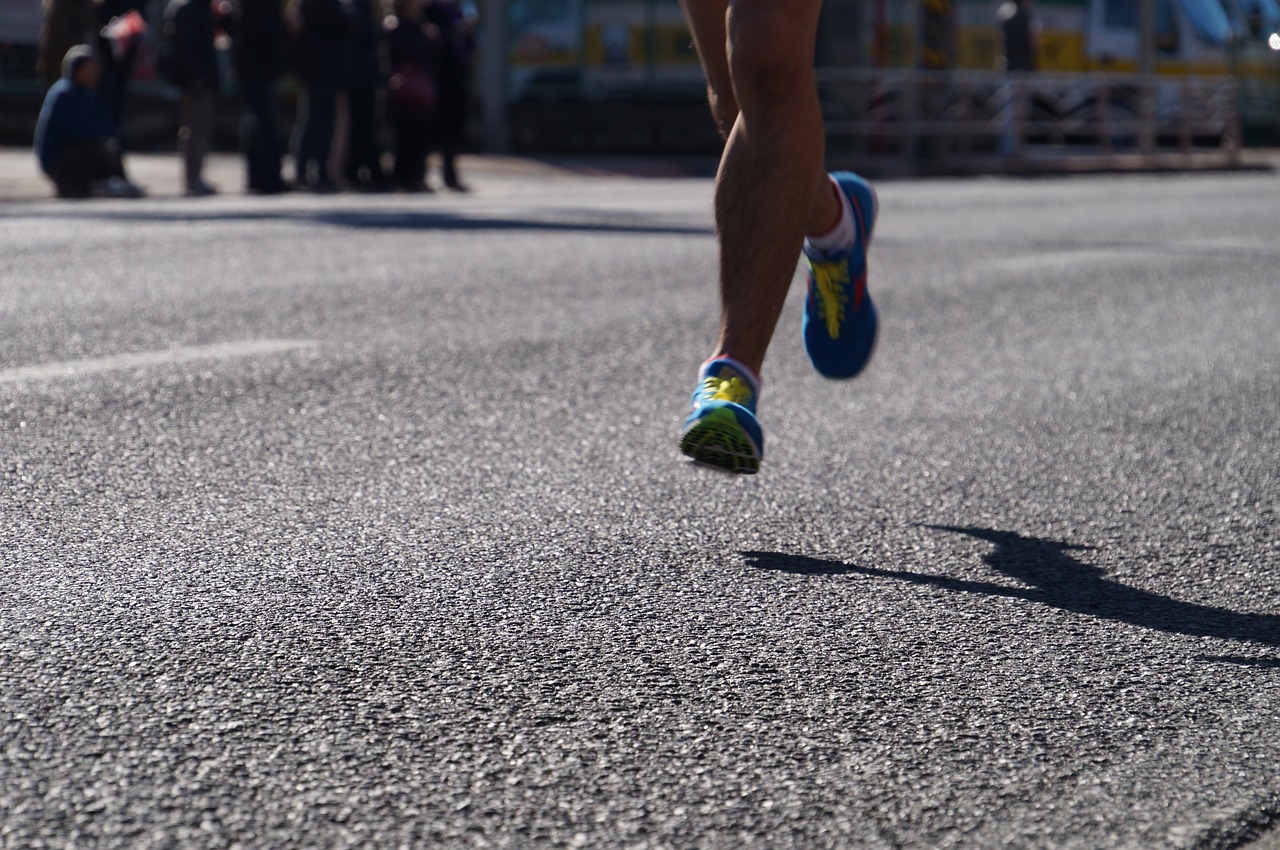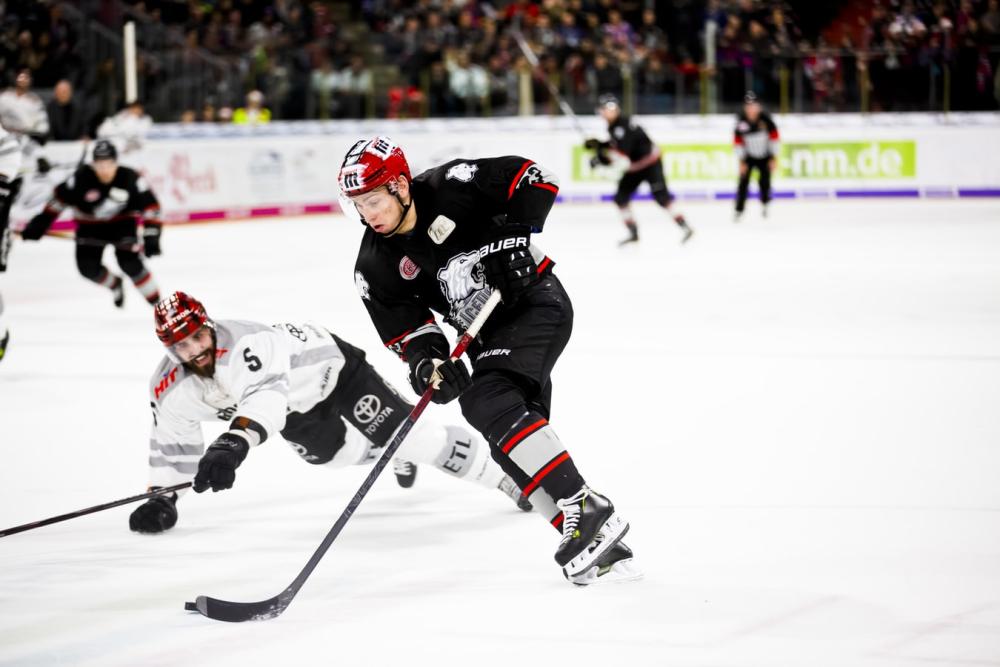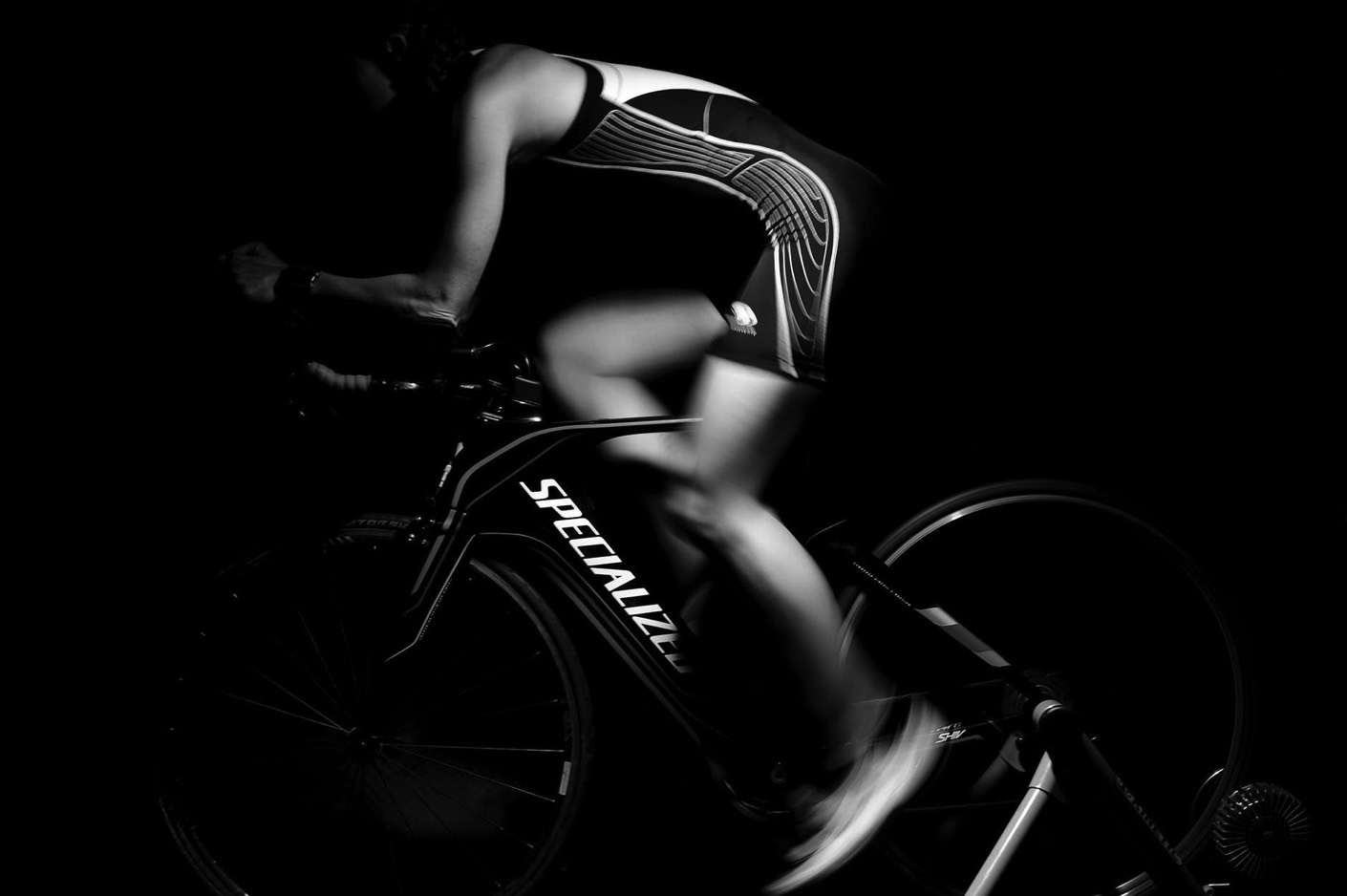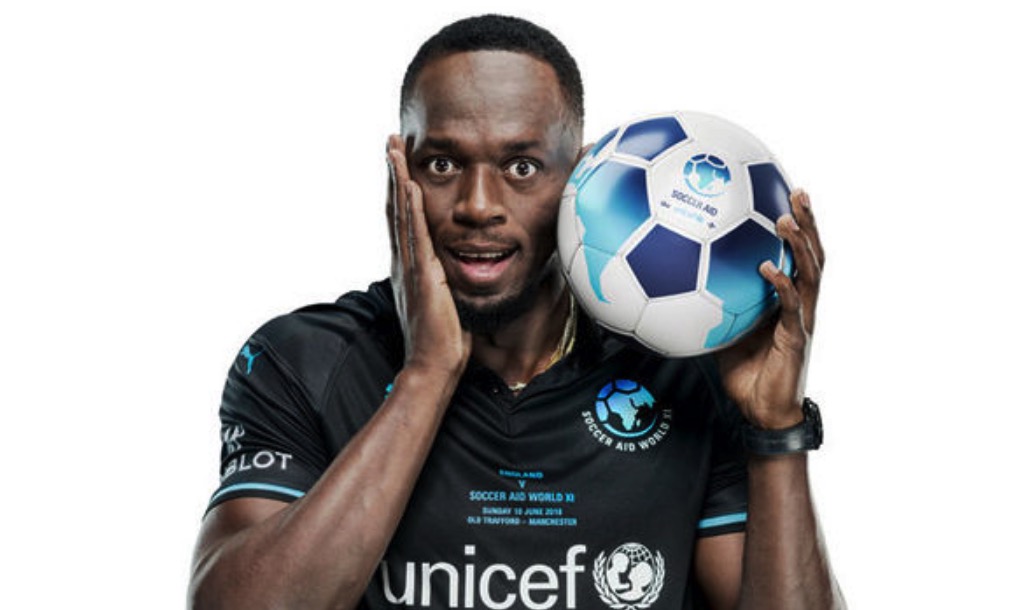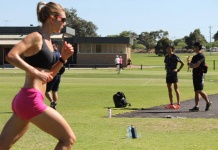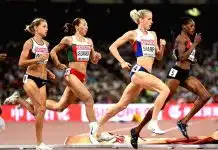Today, parks are filled with people training for 5k races or long distance marathons. Many of these events are related to charity, which makes it obvious why so much public interest surrounds them.
On the other hand, running is a cheap and accessible way to hit the road and get active—whether it’s to raise money or build endurance. Those who don’t run competitively instead use the sport to relax their minds and help them achieve greater insight.
Viewed from a health standpoint, it’s also one of the greatest investments for the body. Science has proven that running fights muscle and bone loss, reduces the risk of heart attack and blood clots, raises HDL levels, and boosts the immune system.
So why doesn’t running spend more time in the limelight as a sport? Worldwide, sports like cycling, hockey, and soccer enjoy globally-visible competitions and lucrative sponsorships — and each involves major cardio fitness.
From a popularity standpoint, these three sports have higher spectatorship than running. Major US leagues like the NHL and MLS, much like England’s Premier League, draw in tens of thousands of fans to stadiums each year.
Competitions like cycling’s Tour de France or the annual UEFA football competitions also attract free bets from sportsbooks, as well as special deals from popular fantasy leagues. Running, by comparison, tends to attract huge interest during international events like the Olympics.
For example, the 2016 Olympics in Rio De Janeiro recorded 3.6 billion viewers worldwide. The Summer Olympics featured 28 sports with 306 individual events. Of these total 306 events, 47 were specifically related to running which accounts for nearly one-sixth of all events.
Icons like Bruce Jenner, Usain Bolt and Mo Farah have helped popularize running as a sport. However, when it comes to regular sports leagues and playoff series, running has fewer options in terms of fanfare. So which of the three sports listed above deliver on the aerobic intensity that a runner would admire?
Endurance & Acceleration in the NHL
Though common to most athletes in the NFL and NHL, ‘base’ training may not be a term that comes up often for runners. Normally, cardio workouts for football and hockey players are designed to build or maintain a ‘base’.
Though it may be easy to confuse ‘base’ for stability, coaches who emphasize this type of training are referring to burnout. In other words, hockey players need to perform at a high level of intensity for a long period of time.
Long-distance runners are similarly focused on energy output. When running a 5k, runners are simply focused on moving their own bodies through space to accomplish their goals. However, in the case of the NHL, there are a few other conditions at play that alter how players train.
They compete with heavy pads against terrifying opponents rushing at high speeds… all the while handling a puck, a stick, and then, of course, the ice. NHL players are also concerned with acceleration. While short-distance runners also need to explode off their feet, they only do this once.
To prepare hockey players for the demands of the rink, they won’t focus solely on cardio during a workout. Instead, most training regimes include pullups, sprinting, pushups, and then more long-distance cardio.
Long-distance runners aren’t looking to improve their submaximal heart rates during every session, which is what hockey players aim to do. On the other hand, long aerobic workouts will help players improve their oxygen uptake—after all, runners know the value of healthy lungs.
Muscle Groups in Cycling vs. Running
For those who compete in triathlons (which feature running, cycling, and swimming events), understanding the differences in physical demands for running and cycling is likely easy. After all, both sports rely on muscle groups like the quads, hamstrings, and calves in addition to aerobic endurance.
Back and thigh muscles are a runner’s best friend. Thighs, in particular, are what drives the legs and help runners explode off the start or endure lap after lap in a competition. In cycling, the mechanics of pedaling, rather than the perfect, lightweight running shoe, are the focal point for thigh and back muscles.
The glutes are another key component for both sports that often involve stretching hip flexors before and during exercise. Glutes power the stride, but they also regulate the gait, which is important for running. Cyclists, on the other hand, are focused on powering those pedals once again.
Calves direct the foot, which means they’re more important for runners than for cyclists. Cycling tends to emphasize the knees and ankles more than calves, while a runner uses them as the primary force for propulsion.
Interval Training in Soccer
Watching a hockey player race down the ice or a cyclist slowly but surely scale a steep incline can boggle the mind. Explosive takeoffs and steady endurance are two sides of athletic prowess. Soccer combines them both.
Some players can run up to 12k in a single game, which indicates a high degree of aerobic intensity and endurance. However, players also need to sprint at any given time, which means anaerobic activity is just as important in training.
For instance, a player may run from one goal to the next only to be given a breakaway opportunity. A long jog turns into a dead sprint to the opposite end of the pitch in a flash.
So how do trainers help address these diverse needs on the field? One coach in the US’s MLS league emphasizes strength training. Before endurance, agility, and speed, there should be a strong and flexible body prepared to meet those demands.
After this, interval training helps condition athletes to sprint, then phase back into a long-term cardio activity. Rather than diving into long-distance running, interval training can help reduce the risks of running injuries.
Most importantly, mixing quick bursts of activity with long jogs helps to prepare the body for lactic acid buildup. Any runner knows to fear lactic acid for the role it plays in debilitating muscle cramps.
Training the body to handle higher amounts of lactic acid not only prevents cramping, but it also helps athletes recover after a game.


